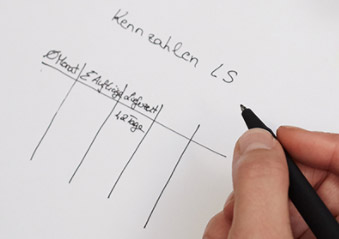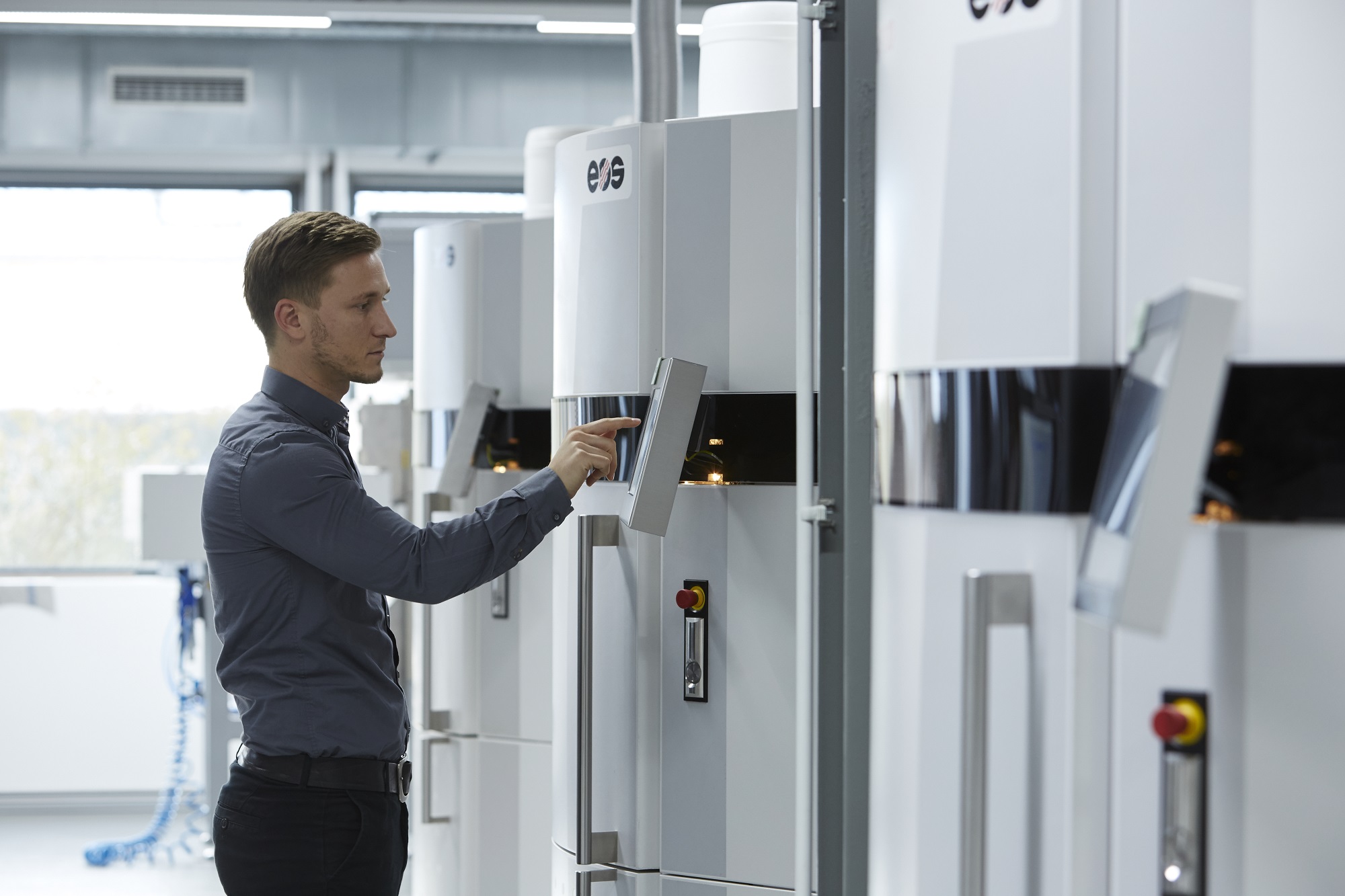What You Should Know About 3D Printing

3D printing is a generic term for additive manufacturing processes for the production of three-dimensional objects based on computer-generated data (3D CAD models). In just one process, individual models are created as a single piece or in a small batch from one or more materials. Frequently used materials are amorphous plastics, metals and ceramics, which are melted by the 3D printer and built up in layers to form a three-dimensional object.
The basis for each component and each prototype is based on 3D models, which are constructed with the help of suitable CAD programs. For 3D printing, these files are divided into thin layers during the so-called „slicing“, so that two-dimensional coordinates can be read for each layer. 3D printers use this data to print every single layer of the component. With additive methods, 3D objects can be produced according to your own ideas. Whether prototypes or functional components, individual pieces or (small) series – (almost) everything is possible with 3D printing.
3D Design
Learn to construct 3D models yourself or take advantage of comprehensive model databases. > 3D DESIGN & SOFTWARE
3D Printing Service
Find out which 3D printing service provider meets your requirements and what costs are associated with 3D printing. > 3D PRINTING SERVICE PROVIDER
What Is 3D Printing?
Learn more about the technology and application areas of 3D printing. We will be happy to help you. > METHODS & APPLICATION
Plastic, Metal or Ceramic
Each 3D printing material has specific properties that must be taken into account when designing a 3D object so that the finished component can meet all requirements. Plastics are light and variable in hardness.


